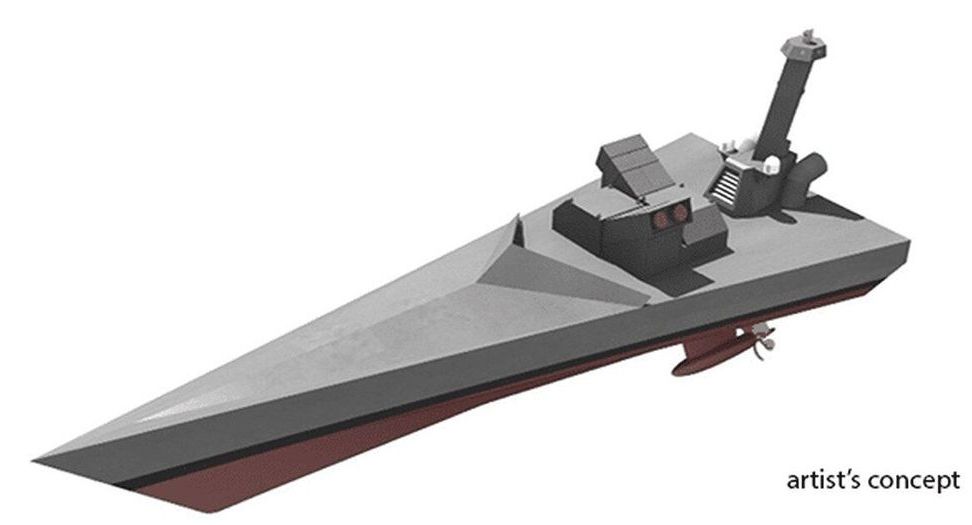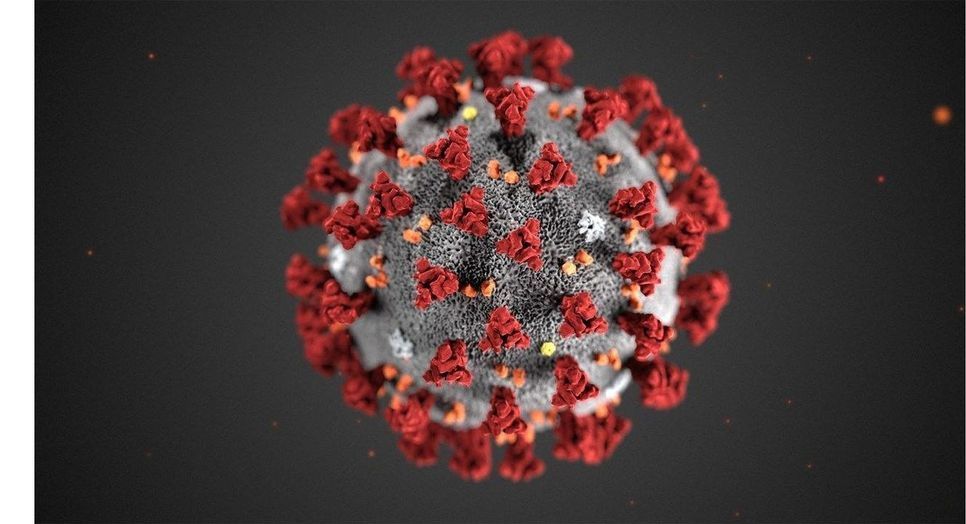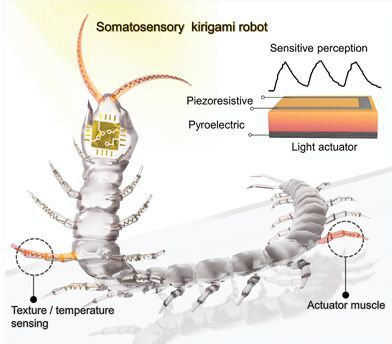Triton submarines is the biggest name in deep-sea exploration submersibles, having built the extraordinary DSV Limiting Factor, a “deep-sea elevator” capable of popping down to the bottom of the Mariana Trench several times a week for extended visits.
Now, the company has launched an incredible-looking tourist sub that can take 24 passengers, a pilot and a co-pilot down to 100-meter (328-ft) depths in air-conditioned comfort, providing panoramic views of the aquatic world through colossal 5.5-inch-thick (140-mm) acrylic windows. Where other subs offer restricted views, this thing is very close to a giant transparent tube, like a glass walkway through an aquarium, tall enough to stand in.
The DeepView 24 is the first of a range of DeepView tourist submarines that can be specified in different lengths to accommodate between 12 and 66 passengers. Additional sections can be added six seats at a time; with the 24-seat version already 15.4 m (50.5 ft) in length and weighing 121,250 lb (55,000 kg), a 66-seater would certainly be a sight to behold and a pain in the butt to pull a u-turn in.









